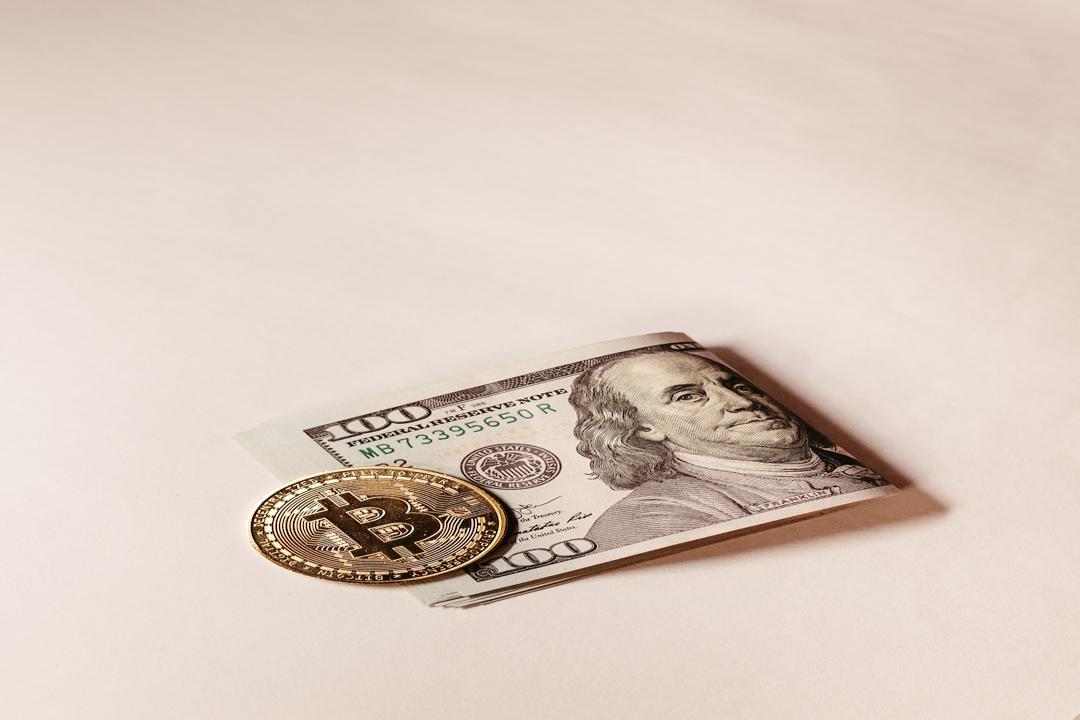**”AI God” Sells for Over 35 Million NT Dollars**
Following the awarding of an art prize to a piece generated by Midjourney at a Colorado art fair in the United States two years ago, another AI artwork has recently garnered attention. A portrait of computer scientist Alan Turing, created by an AI humanoid robot, was successfully auctioned for approximately $1.08 million (around NT$35 million).
This artwork, titled “A.I. God,” depicts Turing as the god of AI and was auctioned at Sotheby’s last week. According to information on the website, the initial estimated price ranged from $120,000 to $180,000, but the final selling price of slightly over $1.08 million far exceeded expectations. The auction for “A.I. God” received more than 27 bids, ultimately being purchased by an anonymous American buyer.
“Sotheby’s points out that today marks the record-setting auction of the first artwork created by a humanoid robot artist, representing a significant moment in the history of modern and contemporary technology and reflecting the increasing intersection of AI technology and the global art market.”

Ai-Da’s depiction of Turing in “A.I. God.”
Image / Sotheby’s
**A 30-Person Team Collaborates to Create Artistic Masterpieces with a Robot**
The robot that created “A.I. God” is named Ai-Da, after the 19th-century British mathematician and recognized as the first programmer in history, Ada Lovelace. Ai-Da’s head is sculpted to resemble a human female, with short hair, while her limbs are left exposed, showcasing the original mechanical arms.
Ai-Da was developed collaboratively by contemporary artist Aidan Meller and a team of nearly 30 individuals. According to information on the official website, Ai-Da utilizes cameras positioned at her eyes, AI algorithms, and mechanical arms to create art. Since her debut in February 2019, Ai-Da’s works have been successfully showcased at multiple exhibitions, even holding solo shows, and she has gained a modest international reputation.
Ai-Da has also delivered numerous speeches, including addressing members of Parliament at the Palace of Westminster in the UK in 2022, and she participated in the AI for Good Summit held by the United Nations this year.
The conception of “A.I. God” originally stemmed from Meller’s desire for Ai-Da to create some works for the AI for Good Summit, during which Ai-Da suggested painting a portrait of Turing. Turing is hailed as the father of computer science and AI, having predicted the development of AI technology as early as the 1950s and designing the “Turing Test” to determine whether AI possesses consciousness.
While the decision regarding the subject was straightforward, the actual creative process was quite complex. To create “A.I. God,” Ai-Da analyzed photographs of Turing and produced up to 15 different paintings of various parts, selecting three of them, alongside another painting of the Bombe (the device used by Turing and other cryptographers to break German codes during World War II) to upload to the computer.

Ai-Da features a human-like appearance, but her hands are directly exposed as mechanical arms.
Image / Ai-Da
Subsequently, the team used Ai-Da’s model to integrate the uploaded data into a new painting, which was printed onto a canvas using a 3D printer, and finalized by the hands of assistants and Ai-Da herself, resulting in the artwork titled “A.I. God.”
**High Prices for AI Art Are Not Unprecedented**
Meller stated that the overwhelming response to the painting at auction was unexpected, and as the bidding approached its conclusion, he remarked, “At that moment, I was struggling to adapt to this somewhat surreal moment.”
In fact, this is not the first time AI creations have appeared at auction. The New York Times noted that in 2018, Christie’s auctioned an AI-generated portrait for approximately $430,000, far exceeding the original estimate by over 40 times; during the NFT craze, visual artist Refik Anadol also launched “Machine Hallucinations,” an NFT painting created using a generative adversarial network trained on various space photographs.
The proceeds from “A.I. God” are expected to be used to enhance the Ai-Da project. Meller revealed that they have invested all resources into this project, continually improving the robot, and new mechanical arms for Ai-Da’s painting endeavors are already prepared.
Regarding the reasons for creating Ai-Da and allowing her to paint, Meller mentioned that the greatest artists in history have continuously struggled with the times, celebrating the changes while critically examining the questions that arise. Ai-Da is seen as the perfect artist to explore today’s technological developments, claiming her works “continuously question the power of AI and the global competition surrounding it, pondering where humanity is headed.”
**Related Reading:**
Forcing PX Mart to Adjust Its Shelves! The 18-Year-Old A-Mart Transforms Every 6 Years; How Will It Play with “Dynamic Pricing” This Time?
**Sources:**
The New York Times,
Forbes,
Reuters
**Editor:** Li Xiantai

